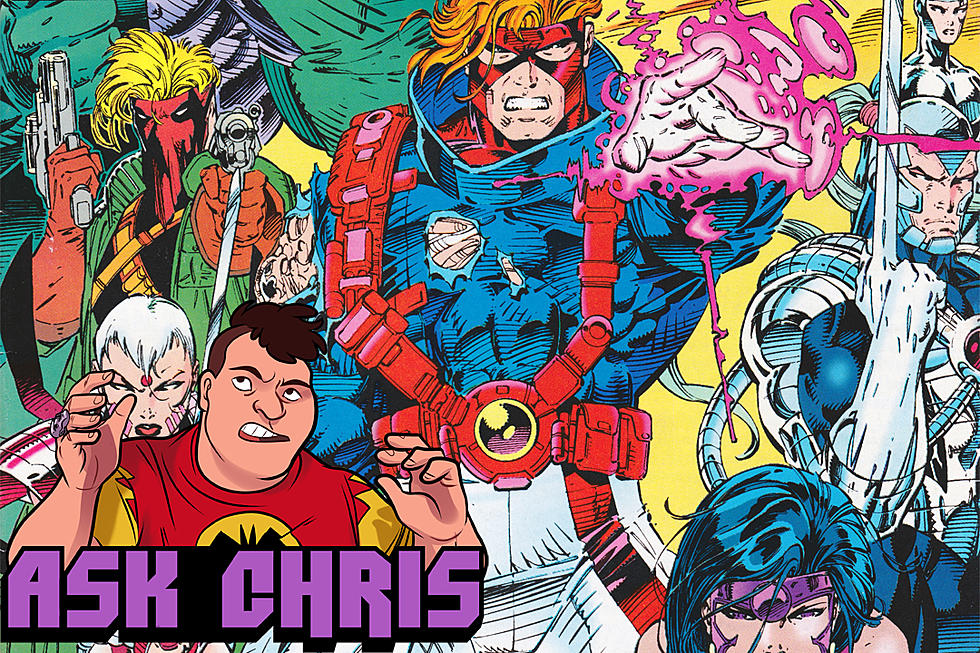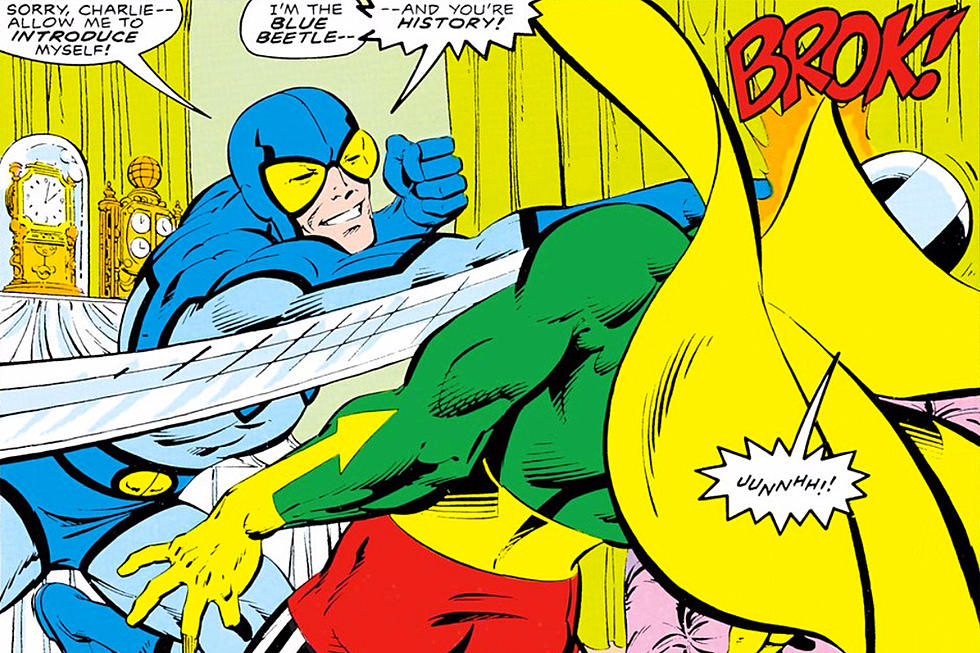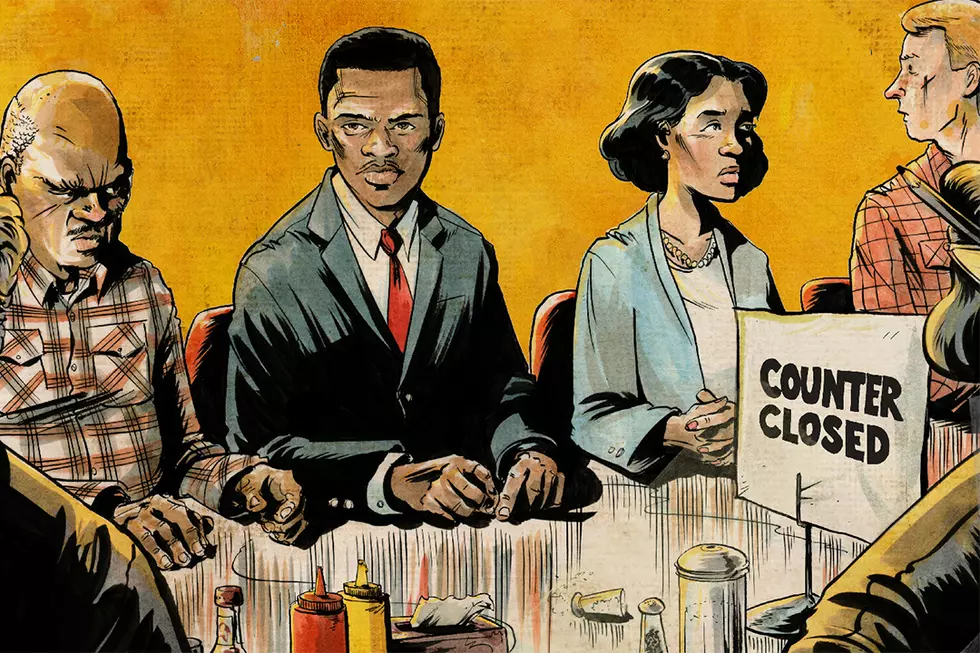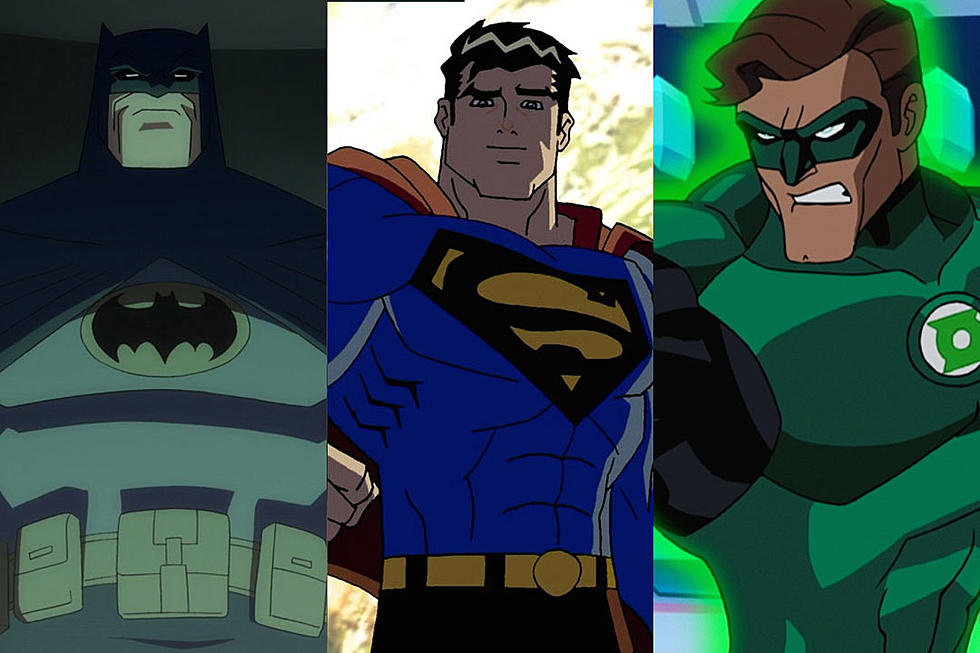
‘The Killing Joke’ Doesn’t Deserve Credit For The Creation Of Oracle
Alan Moore and Brian Bolland’s classic and controversial Batman: The Killing Joke is making waves once again after the the animated adaptation debuted at San Diego Comic Con and reportedly doubled down on the damseling and objectification of Batgirl. Without spoiling the changes (you can read about them here), Barbara Gordon’s reliance on men’s approval is a big theme of the film, and only serves to give Batman more angst when the events of the comic play out.
Fans of The Killing Joke will often defend it by pointing out that without the story, Barbara Gordon would not have become Oracle, the Batman family’s computer whiz and one of the most prominent disabled superheroes in comic books. However, crediting The Killing Joke for the creation of Oracle is wholly inaccurate and does a disservice to the true creators of the reinvention, John Ostrander and Kim Yale.
(Note: This article contains some language that readers may find upsetting.)
The reinvention of Barbara Gordon as Oracle is often attributed to Moore and Bolland, and as such the trauma and objectification she endures in The Killing Joke are seen as justified. According this argument, Oracle was the end goal, and Killing Joke should be lauded for everything that happened to Barbara Gordon afterwards.
That couldn’t be further from the truth, and Alan Moore has gone record saying that Baraba’s trauma was an afterthought. Quite famously, he approached his editor Len Wein with the idea, seeking approval, and Wein responded with “Yeah, okay, cripple the bitch”.
Brian Cronin’s A (Perhaps Unnecessary) Guide to Oracle’s Formative Years goes into more detail about the timeline of Barbara Gordon’s transformation into Oracle, and with one quote from John Ostrander, proves itself to indeed be very necessary.
“There were no plans for her in the continuity at that time. We decided that if that happened, we weren’t just going to make her better magically — we wanted to explore what happened when someone like her was crippled and how she would respond.”
By the time The Killing Joke happened, Barbara Gordon had retired as Batgirl and was living a peaceful civilian life. She was revived by Moore and Bolland solely to be assaulted --- grievously and sexually --- by The Joker, all as part of his effort to get to her father and, by extension, Batman.
There is a concept called the "Sexy Lamp test," coined by writer Kelly Sue DeConnick, that says If you can take out a female character out of a story and replace her with a sexy lamp you are, to quote DeConnick, "a f------ hack!”.
So let’s apply that to The Killing Joke. Barbara Gordon is nothing more than a sexy lamp to Commissioner Gordon and Batman, an object that they like a lot, which The Joker can exploit to hurt them. At the end of the story, no-one cares about the lamp or its future.
It took John Ostrander and Kim Yale to reintroduce Barbara Gordon as the computer savvy hacker Oracle in the pages of Suicide Squad, giving the character new purpose and showing that disabled people aren’t broken, and they certainly aren’t disposable.
As a member of the Suicide Squad, Barbara proved that people with disabilities can be superheroes too, and the character had enough support from the likes of Barbara Kesel, Denny O’Neil and Chuck Dixon to survive the end of Suicide Squad and become one of the most iconic DC characters of the '90s.
The Killing Joke is a classic comic, but it can still be criticized for its misogynistic treatment of the one female character in the comic. When you give credit to Alan Moore and Brian Bolland for starting Barbara Gordon on the path to becoming Oracle, you’re not only wrong, but you diminish the legacy of two of the most underrated creators of that era.
More From ComicsAlliance







![A Break From The Usual Skullduggery: John Ostrander On ‘Suicide Squad: War Crimes’ [Interview]](http://townsquare.media/site/622/files/2016/08/Ostrander00.jpg?w=980&q=75)

